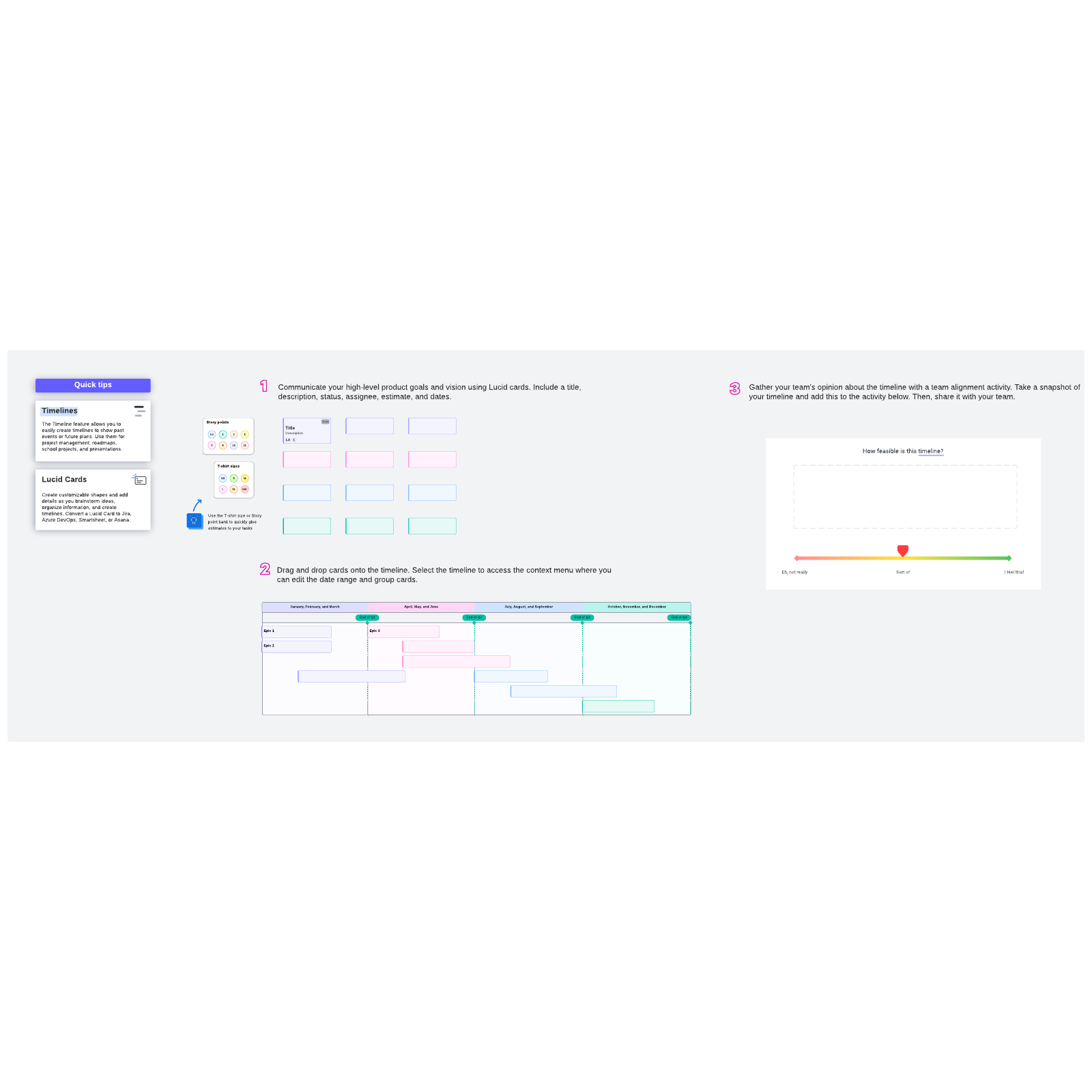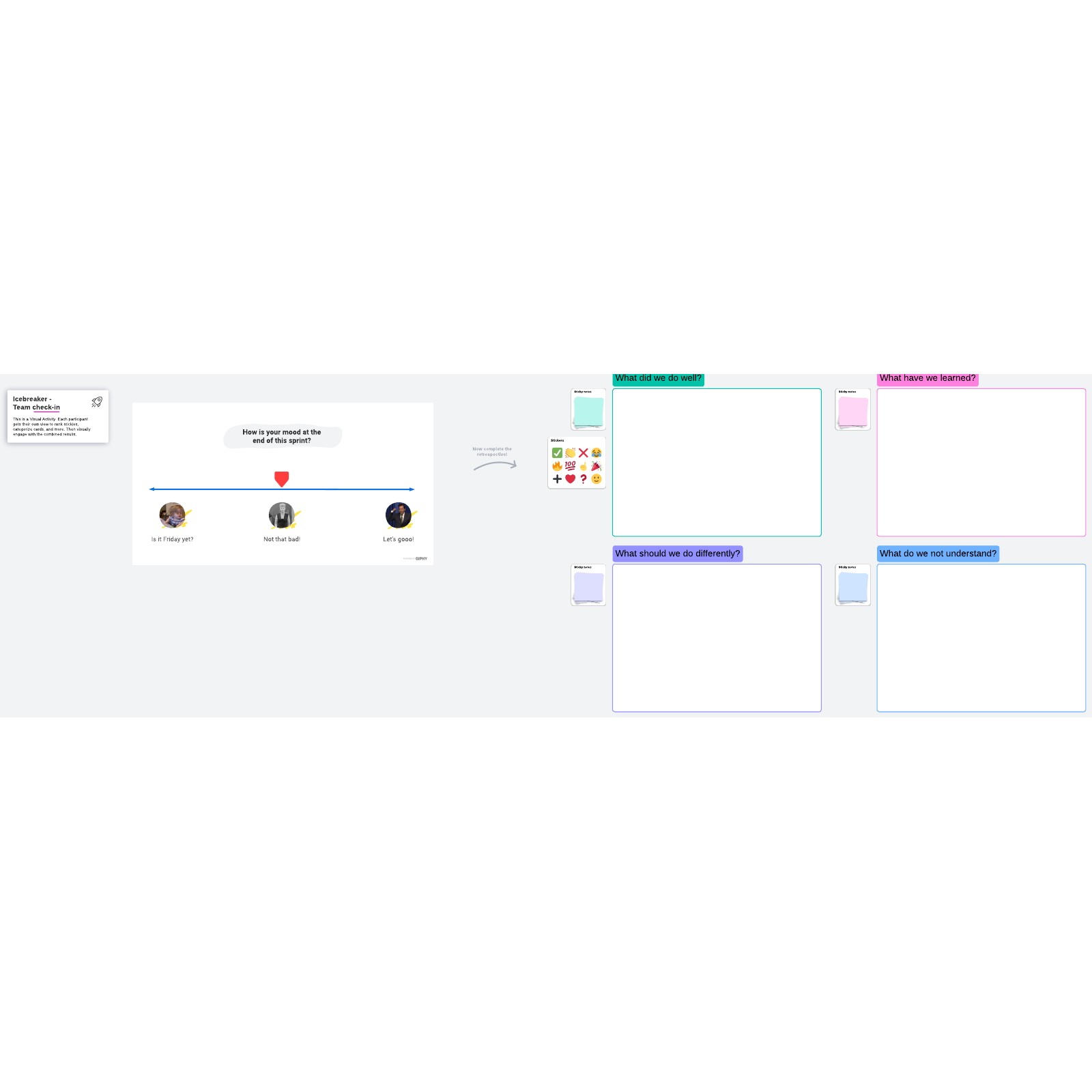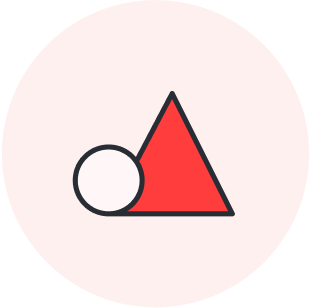As a project manager, you have an extremely important role: you facilitate the end result. And so much goes into achieving that end result, from making sure your team has a correct understanding of the task to ensuring the deliverable is produced on time. With so much responsibility, it’s easy to feel overwhelmed—especially because it may feel that everything depends on you.
That’s where using the five phases of project management comes into play: they divide a project into segments that introduce structure and simplify steps. These five phases help teams accelerate project progress, bring a project team together, prevent going over budget, and catch potential bottlenecks.
Project managers need to understand these five steps of project management in order to set up projects and create manageable tasks that teams can complete. If the phases of project management aren’t clearly defined, the project can run over budget, may not be finished on time, or those involved may have different expectations of how the project should be carried out.
We’ll go through each of the five phases of the project management process so you can be the most efficient (and least stressed) project manager ever.
What are the phases of project management?
The Project Management Institute is the top industry authority on project management and a leader in professional standards and development.
The PMI turned to its brilliant members to standardize the best methods of project management and compile them into its flagship book: A Guide to the Project Management Body of Knowledge. Though each project is different, the principles in the PMBOK can be applied to virtually every development process.
PMI breaks down the project lifecycle into the following five phases of project management:
- Project initiation
- Project planning
- Project execution
- Project monitoring and control
- Project closure
The five project management stages above work to meet the requirements of fulfilling a complete life cycle, which includes defining what work must be accomplished, which deliverables must be generated and reviewed, who must be involved, and how to control and approve each phase.
The 5 project management phases explained
1. Project initiation
Before you begin the project life cycle, you need to determine if this is even a project worth pursuing. If you don’t know why the business needs or would benefit from this project, you’ll need to undergo feasibility testing.
Questions to ask during project initiation:
- Is this project feasible?
- What’s the ultimate goal?
- What problem are we trying to solve?
- What outcome are we trying to achieve?
- How will we measure the success of this project?
- Which stakeholders are involved?
Deliverables:
- Project charter including scope, objectives, and participants
- Project initiation document (PID) defining the scope of the project, who will be managing the project, and how you will measure success. May also contain necessary context, team info, and collaborators.
- Project brief communicating the reason for, and approach to, a project. Summarize your objectives, scope, main deliverables, milestones, and timeline.
2. Planning
Now it’s time to develop an outline—or roadmap—that your team will follow to complete the project. This is essentially where you determine how you’re going to achieve the goals you defined in the previous phase.

Define the project in detail, then develop and define costs, resources, and timelines. Be sure to define who’s responsible for what during this phase so everyone understands their individual responsibilities.
Questions to ask during the planning phase:
- What project managing software should we use?
- What’s the budget?
- What resources do we have to work with?
- What’s the deadline?
- What risks are we taking?
Deliverables:
- Statement of scope
- Communication plan
- Risk management plan
- Gantt chart
- Milestone chart
- Work breakdown schedule
3. Project execution
Now it’s time to get to work! You’ll usually begin the third stage with a kickoff meeting, then each team and its members will begin working on their responsibilities.
Questions to ask during the project execution phase:
- What tracking system are we using?
- When is the kickoff meeting and who’s coming?
- When will we have our recurring status meetings?
- What are we doing to avoid any negative consequences?
- Have we developed a communication plan for all stakeholders?
Deliverables:
- Define team
- Assign resources
- Begin project management plan
- Set up tracking system
- Execute task assignment
- Kickoff and status meeting
- Project schedule updating
- Refined project plan
4. Project performance and monitoring
Now’s your chance to become drunk with power—or nervously monitor the project’s progression. You’ll use KPIs to measure project performance and also actively work to resolve any issues or roadblocks that may arise.
Questions to ask during the performance and monitoring phase:
- How is the quality of the project?
- Where are we in terms of budget?
- Are we on schedule?
- Are there any roadblocks?
- Are we still projected to meet the deadline?
Deliverables:
- Use your project management software and shared visuals to mark completed project steps and make notes on progress and status.
5. Project closing phase
That’s it: you’re done. Not so fast—this involves more than just turning in the project, sending out a congratulatory email, and taking a nap. It’s important to give step five its proper due because there’s much to be learned by taking a look back at every project.
Questions to ask during the closing phase:
- What went well?
- What did we learn?
- What can be improved next time?
- Are there any steps we can do away with?
Deliverables:
- A proper celebration
- Project closure report that includes:
- Project name
- Goal
- Start date
- Deadline and actual delivery
- Projected budget and actual budget
- Team members
- Stakeholders
- Pain points
- Wins
- Observations
- Retrospective meeting (try this retrospective template to document your learnings.)

Making the five steps work for you
Though these phases of project management have been time tested and used by professionals for decades, that doesn’t mean there’s not room for customizations. You may find that some team members work best with swimlanes instead of Gantt charts. Or you may encounter some resistance to change that’s holding your project management back.
The beauty of project management is that it’s an ever-improving process. New software may come out, you may come up with a new solution, or you may find that the tried-and-true ways simply don’t work for your organization. It’s all about delivering the best results on time and within budget.
And sometimes that requires an entirely new way of approaching your process.
Lucidspark can help project managers along each of the five project management phases. From retrospective templates to Gantt charts and product roadmaps, our templates make it simple to organize your workflows. This allows you to stop trying to reinvent the wheel and instead focus on keeping the project moving successfully forward.

Bring structure and creativity to your team. Try out Lucidspark for free today!
Learn moreAbout Lucidspark
Lucidspark, a cloud-based virtual whiteboard, is a core component of Lucid Software's Visual Collaboration Suite. This cutting-edge digital canvas brings teams together to brainstorm, collaborate, and consolidate collective thinking into actionable next steps—all in real time. Lucid is proud to serve top businesses around the world, including customers such as Google, GE, and NBC Universal, and 99% of the Fortune 500. Lucid partners with industry leaders, including Google, Atlassian, and Microsoft. Since its founding, Lucid has received numerous awards for its products, business, and workplace culture. For more information, visit lucidspark.com.
Related articles
A quick guide to integrated project management
Learn about integrated project management and how it can help with project management plans. Lucidspark offers helpful project management templates.
10 essential project management skills
In this blog post, we’ll cover 10 essential skills project managers need to be successful and how to develop them.
Tips for successful remote project management
In this post we’ll cover the unique challenges and benefits of remote teams and share tips for effective remote project management.
The change control process in project management
Learn more about the change control process, its benefits, and how Lucidspark can help. Includes free templates!

